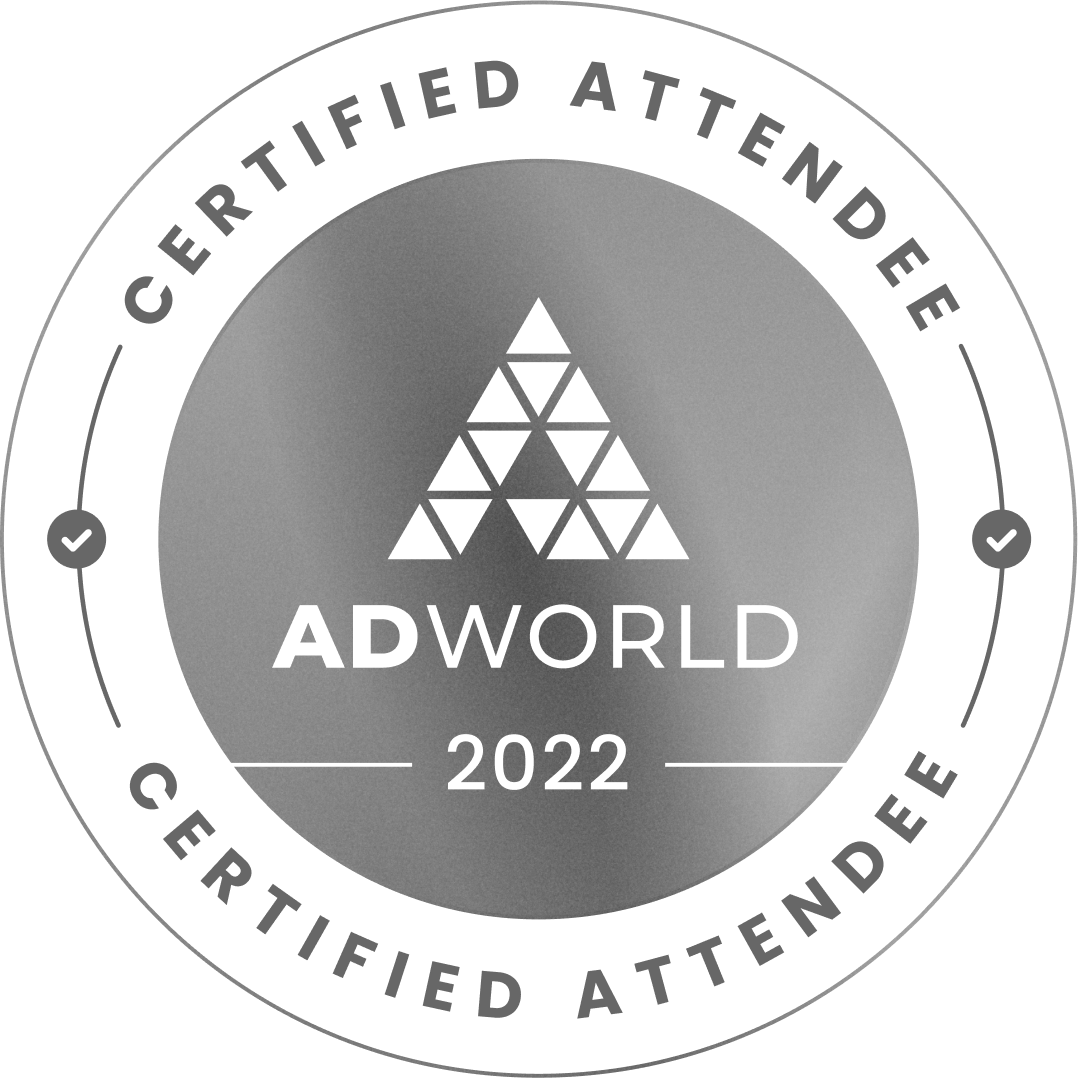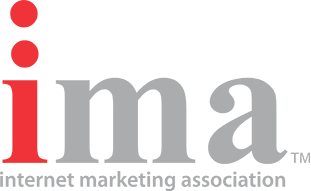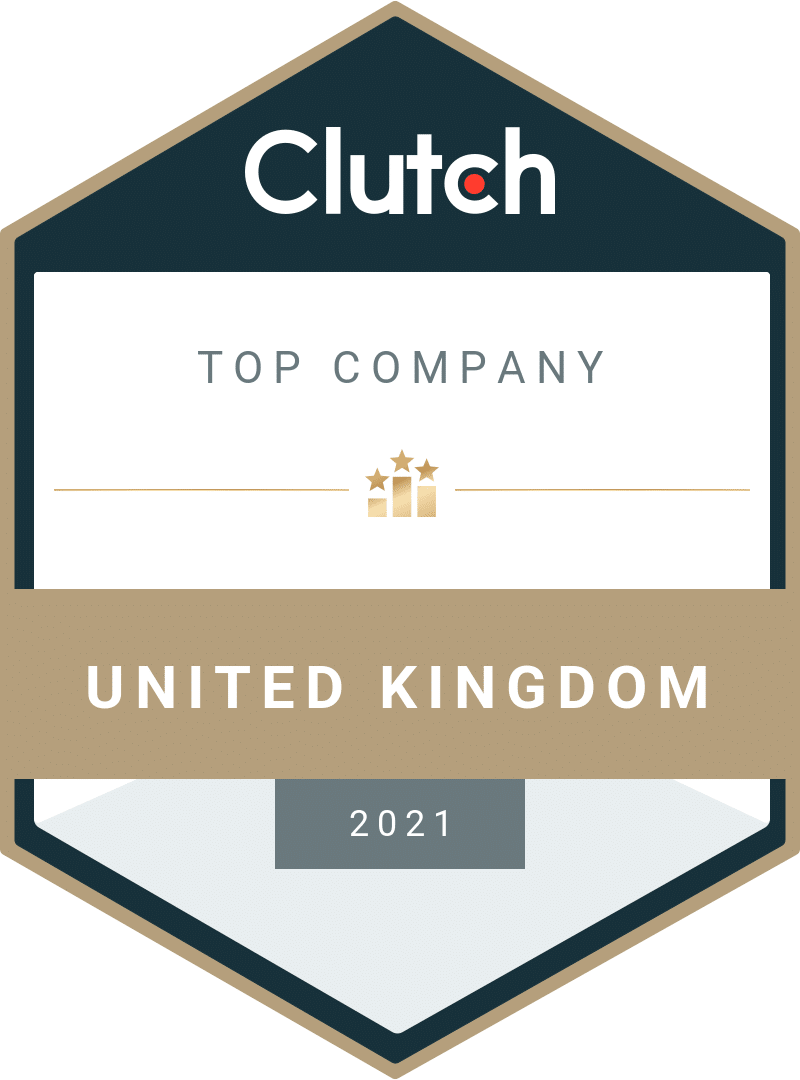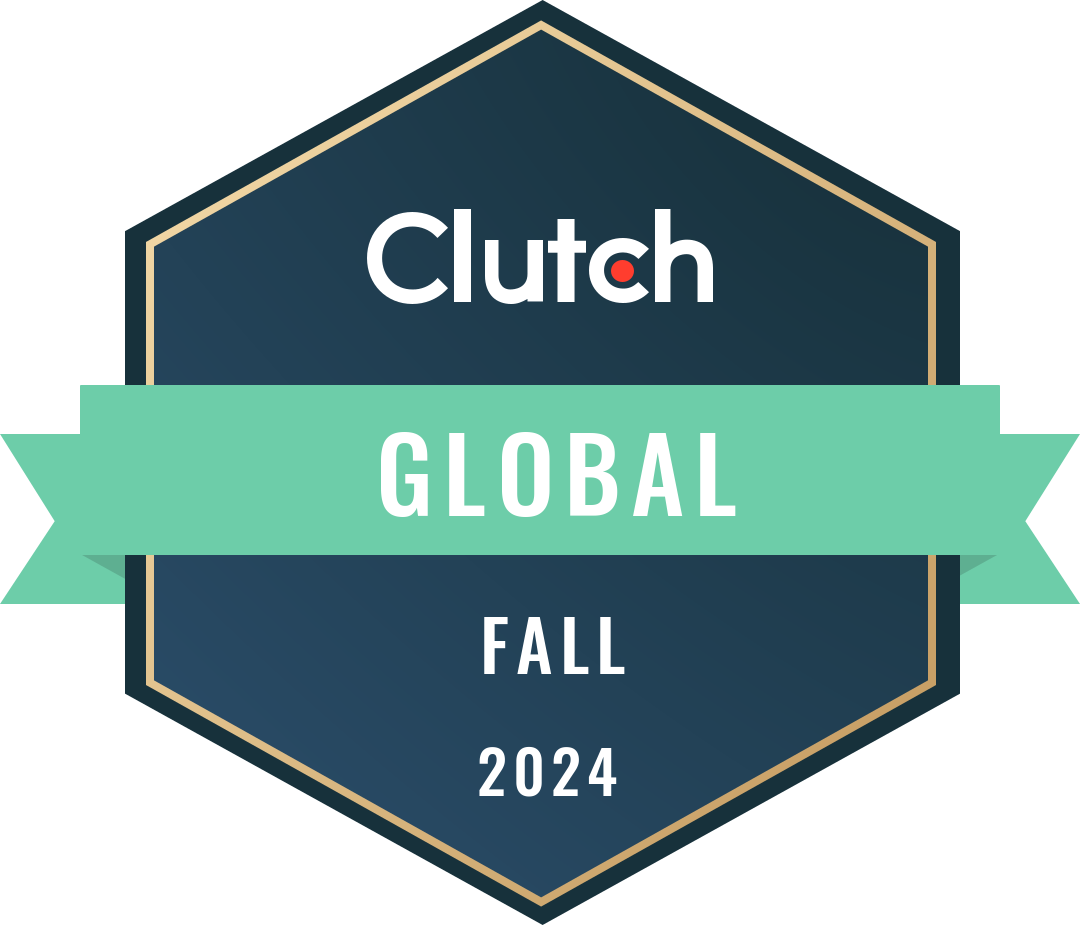B2B Inbound Marketing: A Marketer’s Guide to Search Engine and Content Marketing
Discover what it takes to attract your target audience and drive up your company’s ROI without having to make a single telemarketing call.


How to Use this Guide
This comprehensive guide will cover the core components of B2B inbound marketing, including how to define your target audience and a list of the most effective B2B channels. Lastly, we’ll provide helpful resources at the end to give you the necessary tools and information to start your own campaign.
Whether you’re looking to build awareness of your product or service, or generate qualified leads, this guide will provide you with the knowledge and tools to succeed in your B2B inbound marketing efforts.
How Our Clients Did Last Month
Month-over-month traffic trends. Source: Google Search Console
B2B: Understanding Your Audience
The business-to-business designation means that whatever you’re selling—whether it’s hardware, software, or your time and expertise—you’re selling to the decision-makers of another business.
For example, at Geeky Tech, we sell our SEO and PPC services to SaaS and technology companies and promote these services specifically to the heads of their marketing teams; Salesforce sells its CRM platform and various apps to other businesses; and Xerox sells its printing solutions to corporate offices, schools, and government organisations.
But as we already hinted at, B2B is unique in that you’re marketing to an individual who won’t be personally financing the purchase (or even using the product in many cases). Understanding the B2B buyer’s journey and how B2B and B2C marketing differ is what we’ll explore next.
Get Acquainted with the B2B Buyer's Journey
A buyer’s journey is most often broken down into three stages: awareness, consideration, and decision. An effective and comprehensive strategy is one that attracts your audience at all stages.
| Awareness Stage | Consideration Stage | Decision Stage |
|---|---|---|
|
The very beginning stages of the buyer's journey. The buyer might be looking for more top-level or general content. Content is focused on educating potential B2B buyers about issues related to your product or service. Example awareness content includes infographics, white papers, blog posts. |
The buyer is looking for a specific solution for their problem. The buyer is seeking more detailed information. Content is focused on demonstrating features, benefits, and USPs of the product or service. Example consideration content includes ROI calculators, product comparison guides, white papers, etc. |
The last stage in the buyer's journey. The buyer is ready to make a purchase based on research. Content is focused on driving the buyer's decision. Example content includes product demos, free trials, case studies, cost sheets, testimonials. |
Why the Buyer’s Journey Makes a Difference
The goal of your strategy is to create content that your target audience can relate to wherever they are in the buying stage.
In our experience, most B2B companies fall short on content that nurtures leads from the top of the funnel. Most of the time, the company invests all their resources on product demos without considering potential clients who haven’t even articulated their needs yet.
We’ve also seen clients create tons of top-level content with decision-stage calls-to-action that completely alienate users who aren’t ready to make decisions and who will probably disengage with content that pushes them too quickly.
Understanding the buyer’s journey and providing topical content that respects the stage they’re at can help you generate awareness, build credibility, and increase interest at the customer’s own pace.
By the time they’re ready to make their purchase, your brand will have accompanied them throughout the process, which significantly increases the chance of your company’s product or service reaching the finish line.
Now that we understand the buyer’s journey, let’s narrow down the definition of inbound marketing tactics.

What We Mean When We Say B2B Inbound Marketing
B2B inbound marketing focuses on attracting, engaging, and converting business leads through various strategies. Unlike traditional outbound methods, inbound marketing draws in a target audience using helpful and engaging content, information, and solutions tailored to their specific needs and pain points.
When we talk about this type of marketing, we’re mainly referring to content marketing, SEO, social media, and email marketing, and any tactic that’s aimed at nurturing leads and guiding them through the buyer’s journey. The goal is to build trust, establish authority, and ultimately drive qualified leads and sales.
Is There Still Room for Outbound Marketing?
Yes and no. Traditional marketing makes perfect sense if your product or service has wide appeal. Super Bowl ads, which run during the most expensive time slots on television, promote safe bets like beer, fast food, insurance, and mobile plans—all things that the majority of the population watching the Super Bowl is likely to want or need in the near future.
For this very reason, B2B outbound marketing might not be as cost effective as inbound marketing because the market is significantly smaller. Rather than millions or billions of potential customers, you’re probably looking at thousands, and maybe only hundreds if you’re niche enough.
There’s definitely still space for outbound tactics, but if you’re looking to boost your ROI, why bother casting such a huge and expensive net for just a handful of fish?
B2B vs B2C: What's the Difference?
The difference between B2C marketing and B2B marketing is more than just who the end buyer is. Depending on who you’re selling your products or services to, your marketing tactics will differ in various ways, i.e. funnel strategies.
Take a look at the main differences between these two audiences and their respective digital marketing tactics:
| Aspect | Business-to-Business (B2B) | Business-to-Consumer (B2C) |
|---|---|---|
| Buyer | Various stakeholders and heads of department | Consumer |
| End-user | Organisation | Consumer; close friend or family member |
| Main motivation | ROI, efficiency, expertise | Fears or desires; other psychological motivators |
| Sales cycle | Long, 3 to 6 months (or longer) | Short, a few minutes to a few weeks |
| Main marketing channels | SEO, PPC, email marketing, content marketing, LinkedIn | Social media marketing, influencer marketing, advertising (digital and print) |
| What drives the sale? | Data, cost vs. benefit | Impulses, emotions |
| Types of content | Blog posts, newsletters, articles, case studies, white papers, educational videos, product demos, podcasts, testimonials, reviews | Promotional content, lifestyle stories, how-to guides, social shares, reviews, testimonials |
Top B2B Inbound Marketing Strategies
By now, we’ve fleshed out the buyer’s journey and the types of content that should intersect with your target audience at each stage. We’ve also outlined the differences between B2B and B2C and have made a case for outbound or ‘traditional’ marketing for offerings with wide appeal.
Now, let’s look at the various steps and strategies essential to your marketing goals.
Define Your Target Audience
You don’t create content to feed the internet’s limitless void, but rather to a target audience who is most likely to do business with you. If you don’t already have a well-defined customer profile, now is the time to play Sims and build one.
This is a B2B guide, so start at the organisation level. What kind of companies are you targeting? Where are they located? What industry are they in? How many employees do they have? How long have they been in business for?
Next, dig a little deeper on the individual level. We are after all, creating each piece of content and inbound marketing campaign for individuals and not the companies they work for, so build a profile including their demographics and psychographics.
You don’t just want to know their basic data, but you should also have an understanding of their pain points and their behaviours.
Filling in the blanks will help your team craft a better, smarter marketing campaign.
Develop Your Strategy
How do you connect with your buyer persona in a meaningful way? Rather than jumping headlong into keyword research and social media content, we recommend staying true to the meaning of ‘strategy’ and working your way through a plan.
At this stage, considering the following:
- What specific and measurable goals has your marketing team laid out?
- Who are you targeting?
- Where will you promote your product?
- What is your marketing budget?
- Will you keep everything in-house or is there room to hire a marketing agency?
- What marketing automation or tools will you use/have access to?
Once you’ve coloured in your marketing strategy a bit more with this information, you can be sure that you have the right data and research to support your inbound campaigns.
Set Up Your Business for the 21st Century
There are just some things about effective inbound marketing that apply across the board, whether you’re selling thermocouples to NASA or time management software to SMBs:
- A fast, functional, and user-friendly website is the central hub of your digital marketing efforts.
- If you don't create and claim your social media profiles, you miss out on real and meaningful opportunities to connect with people.
- Email newsletters are an effective way to generate leads and re-market existing customers.
- Companies that are linked to industry events are likely to seem more credible than companies no one in their niche is talking about.
Your industry might be small and obscure enough that anyone worth knowing is already in your contacts list. It wasn’t that long ago that business was conducted through word-of-mouth referrals and handshakes (and outbound tactics, but we’ve already covered that). If your company still thrives on these old-school methods, that’s pretty impressive.
But building a website, creating a social media presence, setting up an email newsletter, and getting involved in industry events are pretty much square one for generating inbound leads.
That’s the cost of doing business in the 21st century. What makes all of this worth it?
One word: data.
Data provides insights into customer behaviour, preferences, and trends, and allows marketers to make informed decisions, personalise campaigns, and target the right audience with relevant content. Data will also help you measure the effectiveness of your marketing activities and improve ROI.
Be Competitor Aware
If you were the only company in the world offering a product or service for a certain segment of the population, then there would be no need for inbound and outbound marketing.
But as you’re probably not the only game in town, you must be aware of who your competitors are and what they’re doing to attract your customers.
Only by benchmarking your company against others can you start to formulate a baseline for your strategy.
Discover the Most Effective Types of B2B Inbound Marketing
Where in the digital universe are you most likely to find the biggest concentration of your target audience? Is it TikTok? Probably not. But is it LinkedIn? Now that’s a good guess..
With a bit of research and common sense, you can quickly find out which channels are the most profitable and use inbound marketing strategies to attract more B2B leads.

Most Successful B2B Inbound Marketing Channels
While any one of these inbound marketing techniques is likely to improve your lead generation, many B2B marketing plans include all of the following:
B2B Email Marketing
If your team isn’t one of the 81% of B2B marketers using email, now might be the time to start.
The effectiveness of this form of marketing lies in its ability to use personalised and targeted messaging to communicate directly with decision-makers.
Email is a great way to share case studies, upsell other services, and create offers tailored to their specific needs. Most importantly, it supports lead nurturing. Thanks to segmentation, you can easily move prospects through the sales funnel by providing relevant content at each stage of the buyer’s journey.
And for all those data enthusiasts out there, email campaigns allow you to analyse open rates, click-through rates, and conversions, which can help your team optimise future campaigns for better ROI.
SEO
B2B Search Engine Optimisation
Call us biassed, but aside from the website itself, SEO is the digital marketing grand poobah. Over the years, SEO has weathered new and emerging technologies like automation, voice search, generative AI, and mobile, not to mention the growing sophistication of search engine algorithms.
And it is still the most direct and dependable marketing channel for B2B SaaS, technology, and software companies—heck, make that all B2B companies.
SEO combines keyword research, technical and on-page optimisation, as well as backlink building and off-page optimisation to maximise your site’s visibility on search engine result pages.
This reigning marketing activity continues to be just as effective as ever because no matter what technology seems to come along, people still need a search engine to find what they’re looking for.
Main SEO Principles to Get You Started
But in order to find the words and phrases your potential customers are looking for, you need to understand first who they are, what they want, and how they search the internet. If you’ve been following this guide in order, you’ve already created your customer profile.
Sure, Google and Bing will reward you for applying best practices, but SEO marketing isn’t about serving an algorithm, and if that’s the way you’ve been approaching this inbound B2B strategy, now is the time to change your mindset. If you look closely enough, all SEO best practices are built around user experience.
Whether or not Google wants to admit it, backlinks make a huge difference to your website’s visibility. But not just any backlink will do. In fact, you’re better off aiming for a high volume of mid-to-high quality backlinks, referrals, and mentions than an ultra-high volume of low-quality or irrelevant backlinks.
We did mention that B2B buying is based on rational rather than emotional decision-making, and your company’s ability to demonstrate your authority, credibility, experience, and trustworthiness is going to make a difference to how your products or services look on paper.
Your B2B marketing efforts are never over. You’re never going to have one of those moments where you can close your laptop, sit back in your chair, stair out the window, and go “well that was fun.” Because your competitors never stop, your SEO practices shouldn’t either. That means you need to keep creating content that resonates with your audience; keep finding new keyword opportunities; keep getting backlinks.
We helped this DevOps consulting firm achieve a 214% ROI and £291.7K in closed deals in just 2 years.
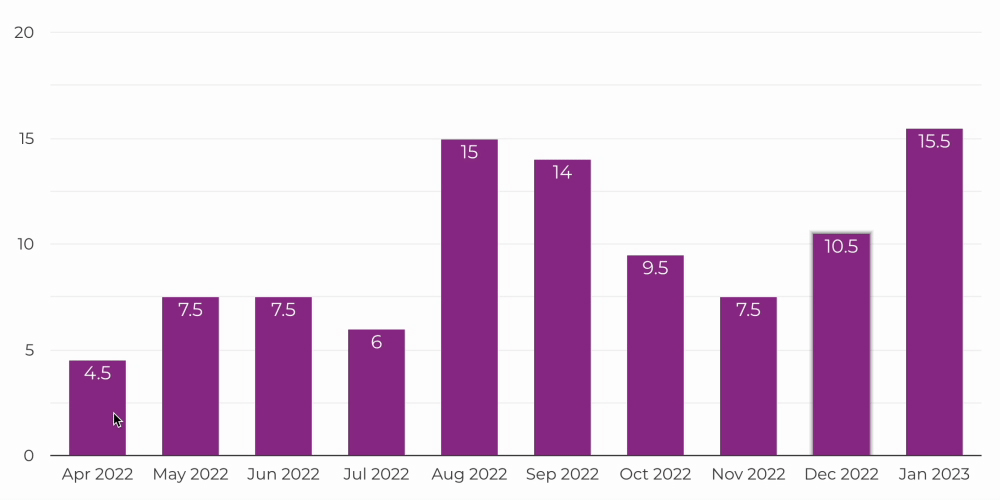
B2B Advertising
Paid advertising gives your business an immediate boost in visibility by following your target audience across various online sites and platforms with hyper-relevant messaging.
PPC and display advertising offer precise targeting options, which allows you to narrow down your ad exposure to specific audiences based on any combination of demographics, interests, and behaviours. It is also a powerful remarketing strategy to increase your chances of converting previous site visitors without overshooting your budget.
Using awareness ads to drive traffic to high-quality landing pages is part of an effective B2B inbound marketing strategy that many of our clients have used with great success. Ad campaigns are also scalable and allow your business to adjust your ad spend based on budget and campaign performance.
This leads to efficient lead generation and higher conversion rates. And since we love talking about data, paid ads and PPC provide detailed analytics and performance data, which can help bolster your other data-led marketing efforts and significantly maximise your ROI.
In just one year of inheriting their ad campaigns, we helped this SaaS company boost their conversions by 297%.
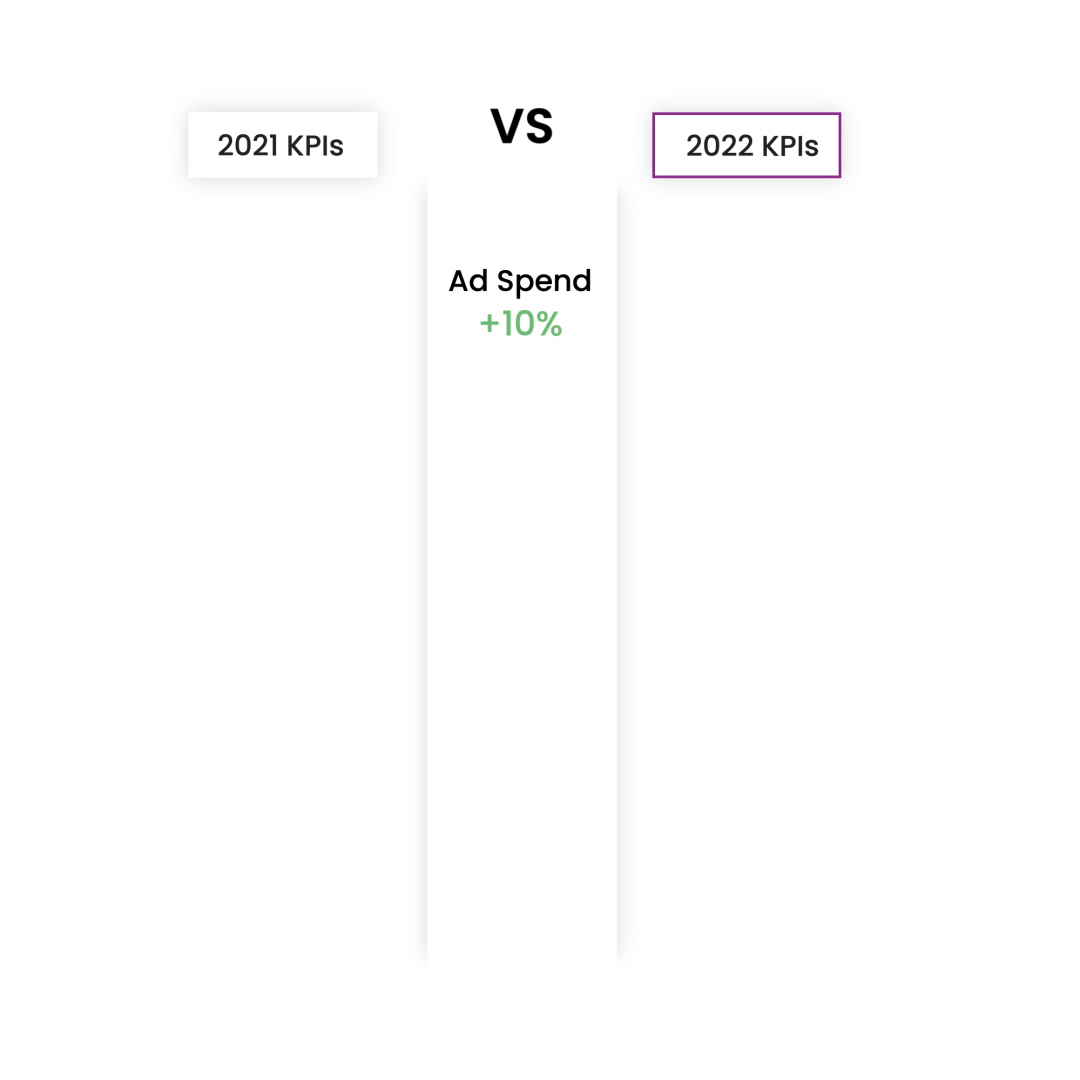
B2B Content Marketing
Content marketing is an important B2B marketing strategy for for several key reasons:
As we’ve mentioned earlier, consistently producing high-quality, informative content can position your company as an expert in your niche, which builds trust and credibility with your potential clients.
But content has so much more to offer.
Content is also a highly effective marketing tool for lead generation and nurturing. Using gated content like whitepapers and webinars, you can capture contact information that will also feed your growing email list.
Does your sales team struggle to showcase just how good your company is? A content marketing strategy supports the sales process by giving your team valuable resources to share with prospects. These resources can address concerns and questions at various stages of the buying process, which goes a long way in helping prospects make informed decisions.
Lastly, think about the engagement opportunities. Engaging content is more likely to be shared on social media, which can extend the reach and impact of your marketing efforts.
What if it Doesn’t Work?
A greater sin than trying a new marketing tactic that doesn’t yield the expected results is sticking with it long after it has failed.
Yes, some of these things take time. For example, SEO is a slow burn that can take anywhere from three months to a year to make a difference to your conversion rates.
But if you’ve been following this guide, the data you’ve collected can help you make informed decisions about your next steps.
Don’t be afraid to change your tactics if what you’re doing isn’t working out.
Resources for B2B Marketers
Frequently Asked Questions About B2B Inbound Marketing Tactics
Inbound marketing aims to attract potential customers through value-driven content and positive interactions tailored to their needs. This type of marketing encompasses blogs, social media, SEO, and email to draw in visitors and nurture leads. The goal is to create a pull effect where customers come to you.
Traditional outbound marketing goes broad by pushing messages out to a wide audience hoping to cross paths with the target customer. Outbound marketing methods include TV/radio ads, cold calls, direct mail, and online ads.
You don’t really have a strong B2B inbound marketing strategy without…
- SEO and, by extension, a website
- Content
- Lead generation
- Data
SEO plays a vital role in inbound marketing. Without a website, you don’t have a centralised platform where you can post your content or attract new customers. But without SEO, it becomes even more difficult to see any results from your lead generation efforts.
SEO helps attract organic traffic from Google and other search engines. This, as you know, boosts brand visibility, conversions, and sales. SEO also enhances user experience, builds credibility, and supports other inbound strategies, which makes it inbound marketing 101. If your B2B business has been overlooking this essential channel, what are you waiting for?
Geeky Tech specialises in SEO and paid advertising. As part of our service, we also help our clients set up proper conversion tracking and analytics. We also specialise in SEO migrations and various SEO content services. Contact us to learn more.



